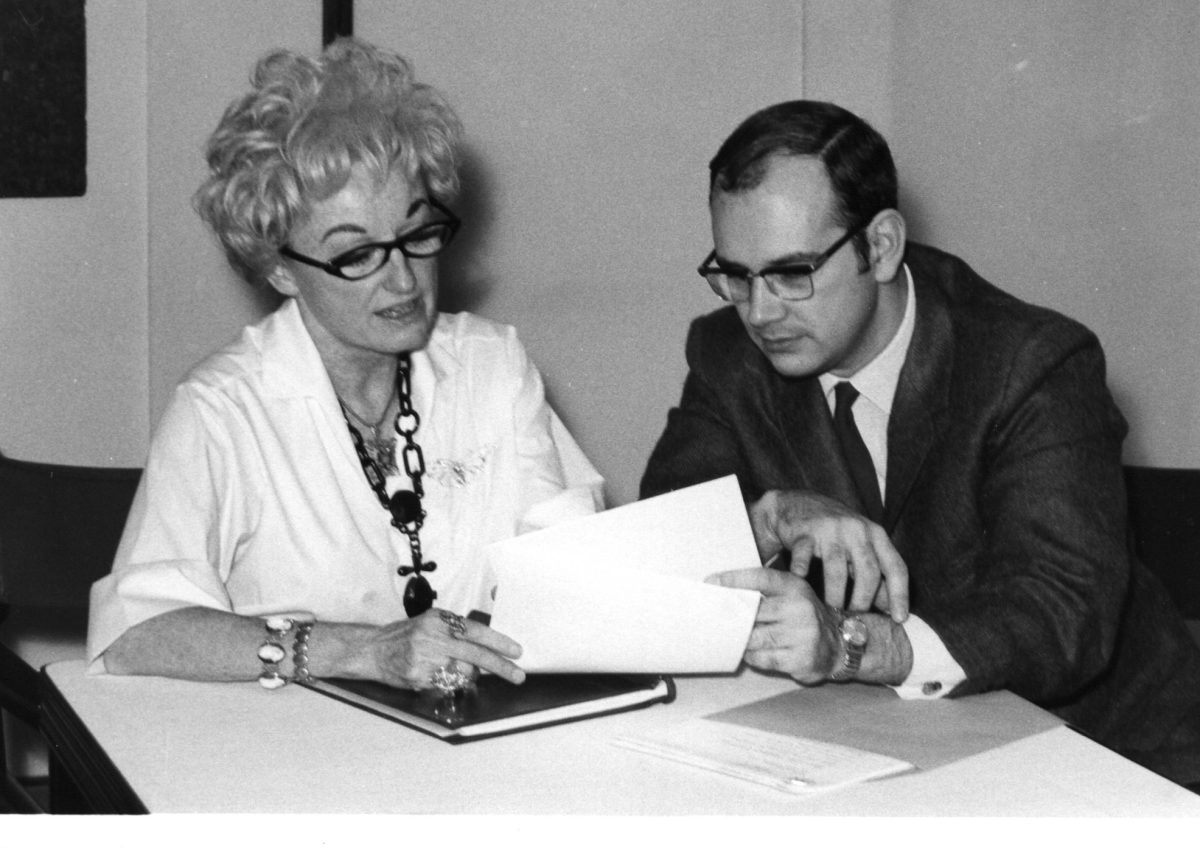The heart of every great joke lies in its punchline—the climactic phrase or sentence that delivers the laugh. A well-crafted punchline transforms a simple observation into a moment of humor, surprise, and sometimes even enlightenment. But how does one go about writing punchlines that consistently hit the mark? This guide dives into the mechanics of punchline creation, offering tips and techniques to help comedians, writers, and humor enthusiasts alike sharpen their comedic skills.
Understanding Punchlines
A punchline works by subverting the audience’s expectations in a surprising or humorous way. It’s the payoff for the setup, the moment where the tension built by the joke’s premise is released in a burst of laughter. The key to a successful punchline lies in its timing, relevance, and originality—elements that, when combined skillfully, make for unforgettable comedy.
Tips for Writing Effective Punchlines
Start with the Setup
The setup of your joke is the foundation upon which your punchline rests. It should be engaging, and relatable, and lead the audience in a direction that sets up the punchline’s surprise. Think of the setup as the straight line that your punchline will deviate from.
Embrace Misdirection
Misdirection is a comedian’s best friend. It involves leading the audience down one thought path, only to surprise them with an unexpected turn. The more unexpected the turn, the bigger the laugh. Your punchline should provide a twist that is both surprising and inevitable in hindsight.
Keep It Concise
Brevity is the soul of wit. A punchline should be as concise as possible, stripping away any unnecessary words that could dilute the impact. Every word in your punchline should serve the purpose of maximizing the surprise and the laugh.
Play with Language
Wordplay, puns, and double entendres can add layers of humor to your punchlines. The ambiguity or dual meaning of words can create a delightful surprise for the audience when used cleverly.
Test and Refine
Writing punchlines is a process of experimentation. Test your jokes on friends, at open mics, or in any setting that allows you to gauge an audience’s reaction. Pay attention to what works and what doesn’t, and refine your punchlines accordingly.
Study the Greats
One of the best ways to learn punchline writing is to study the work of successful comedians. Analyze their setups and punchlines, noting how they construct jokes, use misdirection, and play with language. Learning from the masters can inspire your own punchline creativity.
Practice Makes Perfect
Like any other skill, writing punchlines improves with practice. Challenge yourself to write a certain number of punchlines each day, experimenting with different styles, themes, and techniques. Over time, you’ll develop a sharper comedic instinct and a toolkit of strategies for crafting effective punchlines.
The Role of Authenticity
While techniques and strategies can enhance your punchline writing, the most memorable punchlines often stem from a place of authenticity. Sharing your unique perspective, experiences, and observations can lead to punchlines that resonate more deeply with your audience. Authenticity breeds relatability, and relatability breeds laughter.
Conclusion
Writing punchlines is both an art and a science, requiring creativity, precision, and a deep understanding of human psychology. By embracing misdirection, practicing conciseness, playing with language, and staying true to your voice, you can elevate your comedic writing to new heights. Remember, every great comedian was once a beginner, honing their craft one punchline at a time. So grab your pen, embrace the process, and let the laughter begin.
FAQs
Q: How long should a punchline be?
A: A punchline should be as short as necessary to deliver the joke’s payoff. The key is conciseness; every word should contribute to the surprise or humor.
Q: Can a joke have more than one punchline?
A: Yes, jokes can have multiple punchlines, often called “tags,” that build on the initial punchline for added laughs. However, the first punchline should be strong enough to stand on its own.
Q: What do I do if my punchline doesn’t get a laugh?
A: Not every punchline will land with every audience. Use it as a learning experience to analyze why it might not have worked and how it could be improved. Comedy is an iterative process, and failure is a valuable teacher.
Q: How do I know if a punchline is too offensive?
A: Understanding your audience is crucial. What might be acceptable in one context could be considered offensive in another. When in doubt, test your material in a safe, controlled environment and be prepared to adjust based on feedback.
Q: Can punchlines be non-verbal?
A: Absolutely. Physical comedy, facial expressions, and timing can all serve as non-verbal punchlines that deliver humor without words. These elements can be particularly effective in visual mediums like sketch comedy or silent films.

